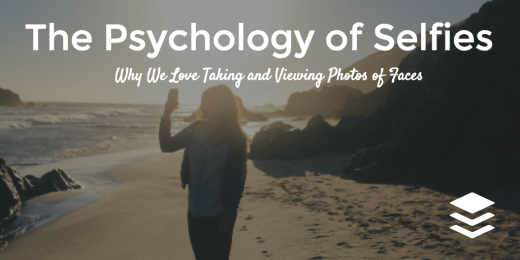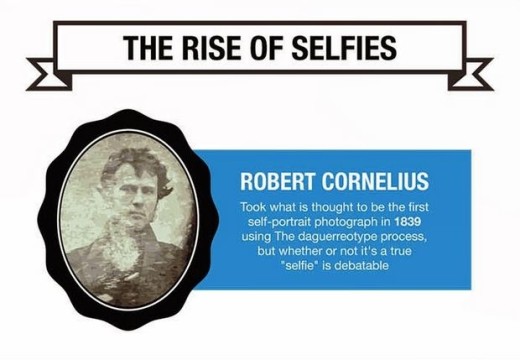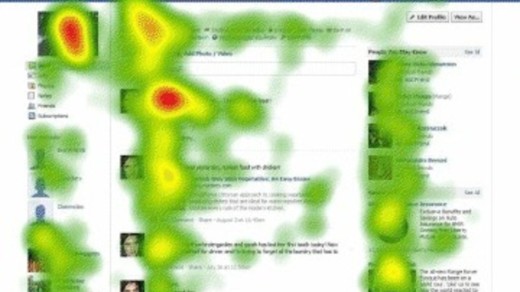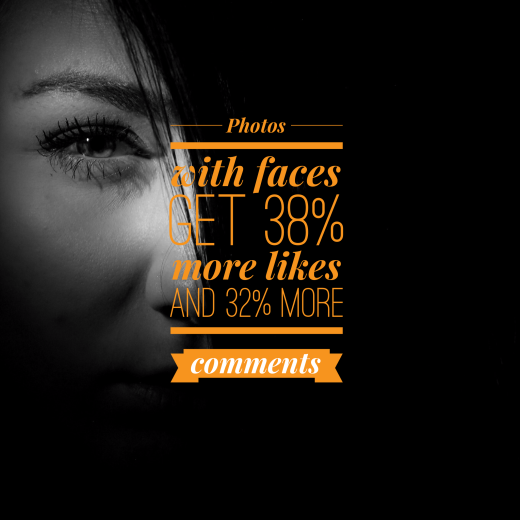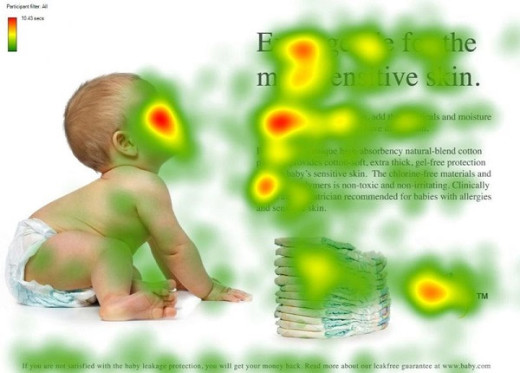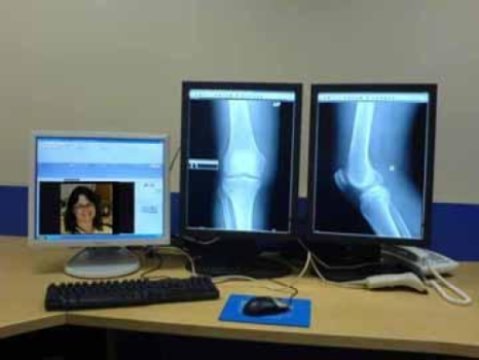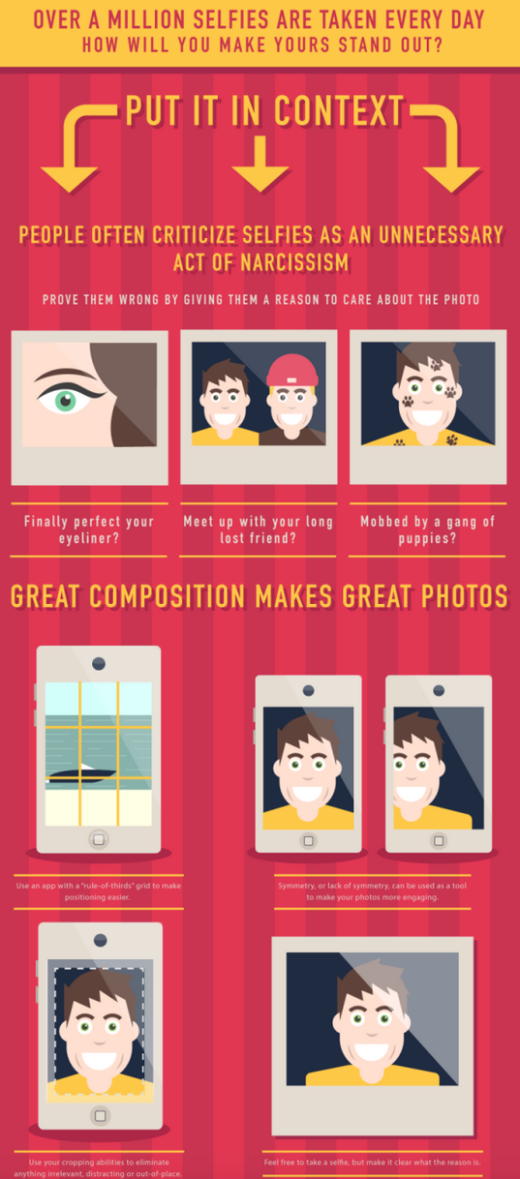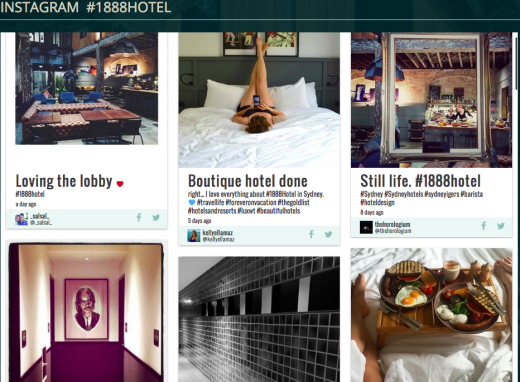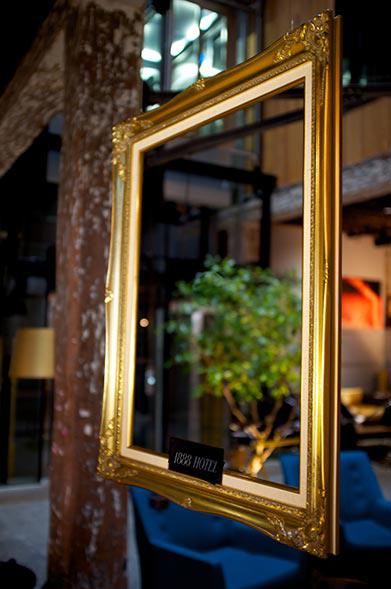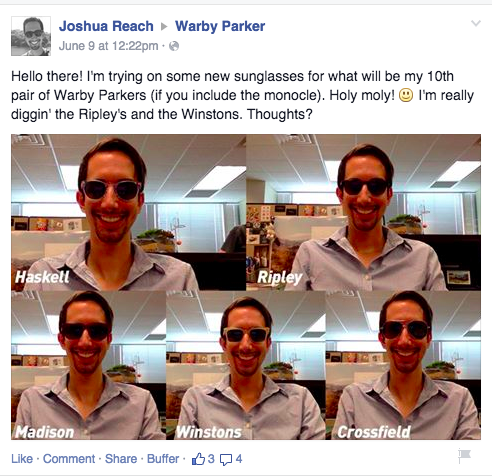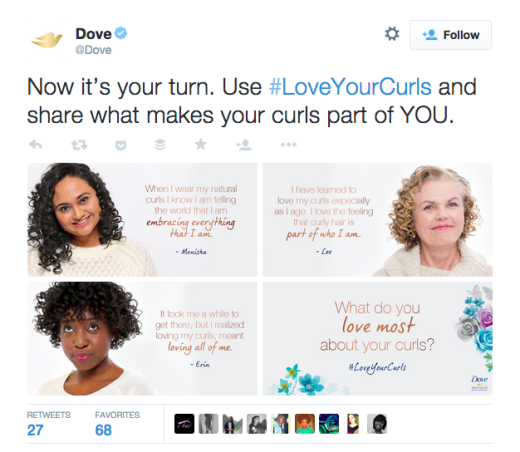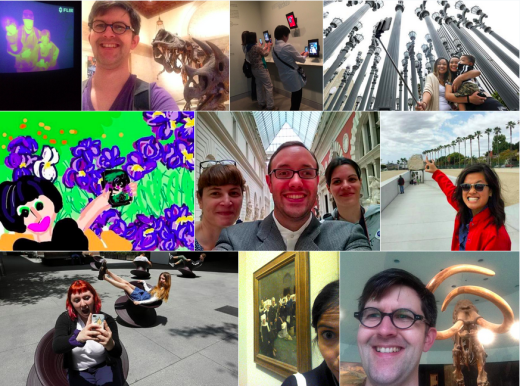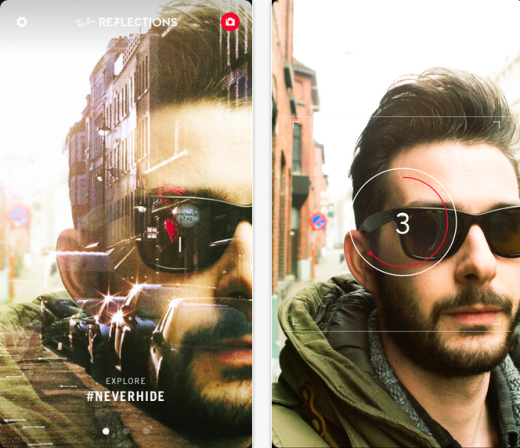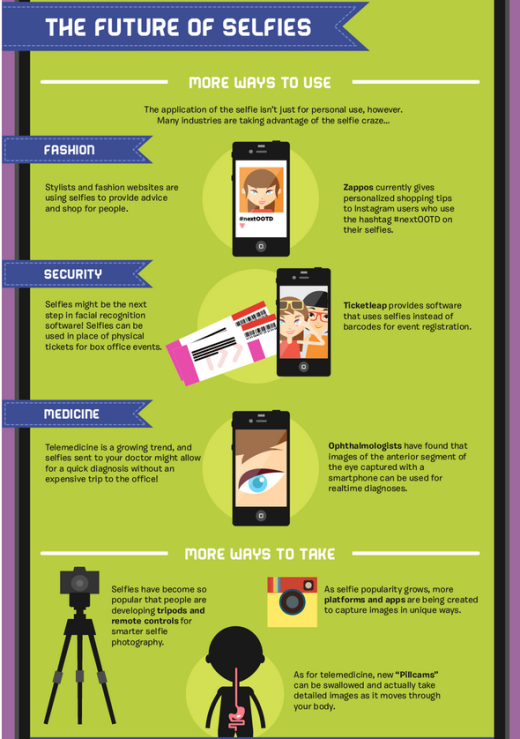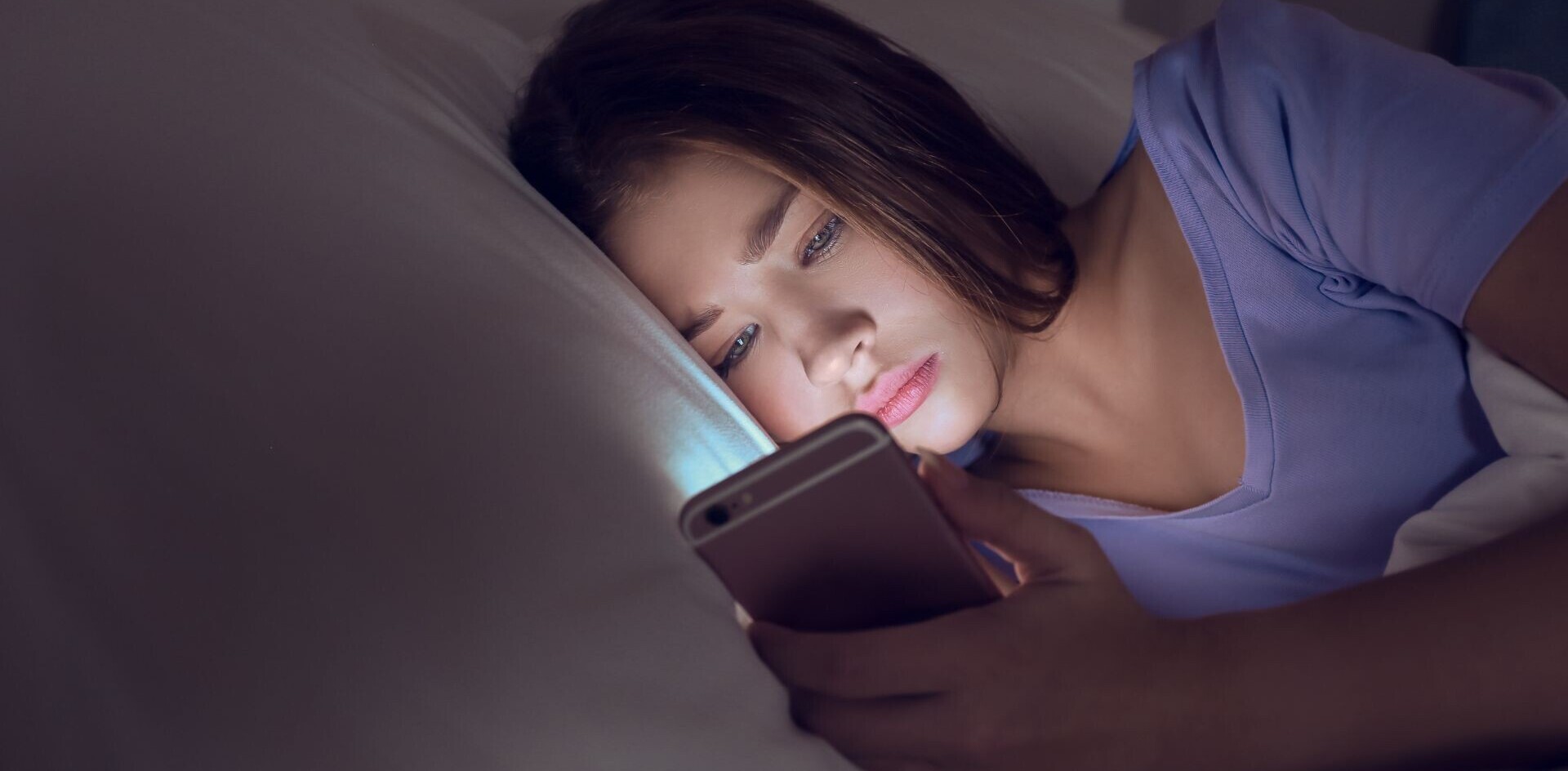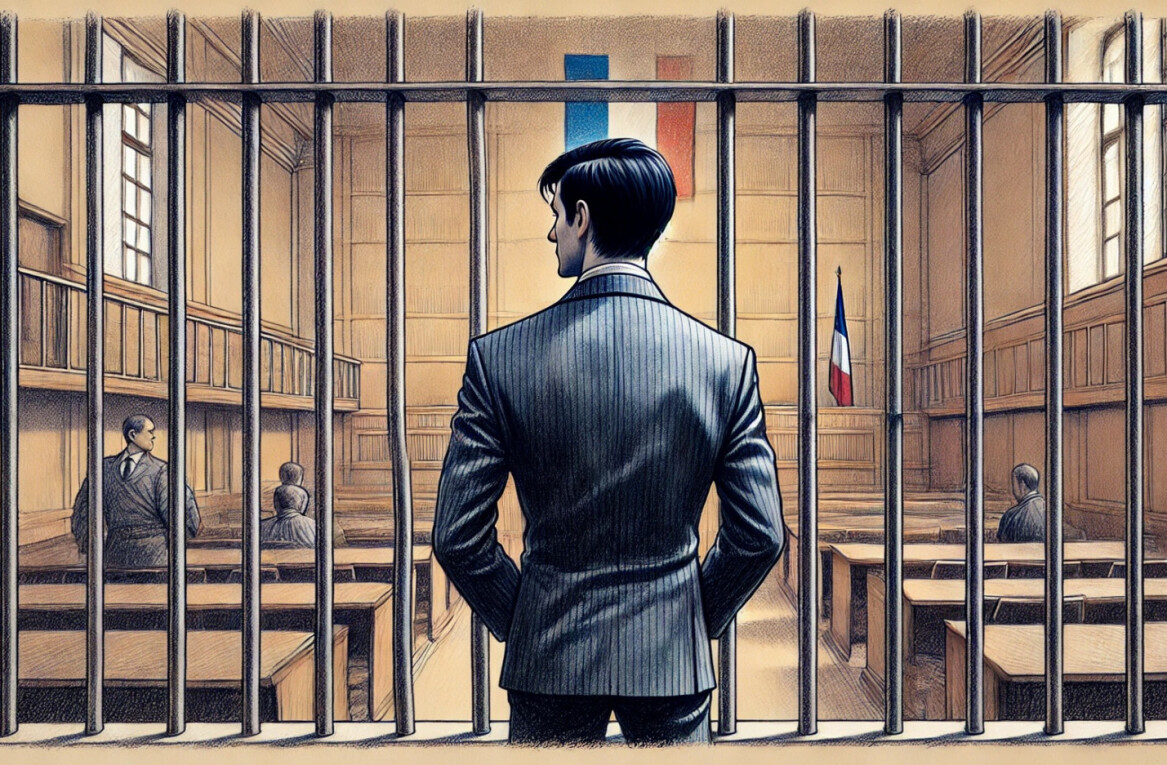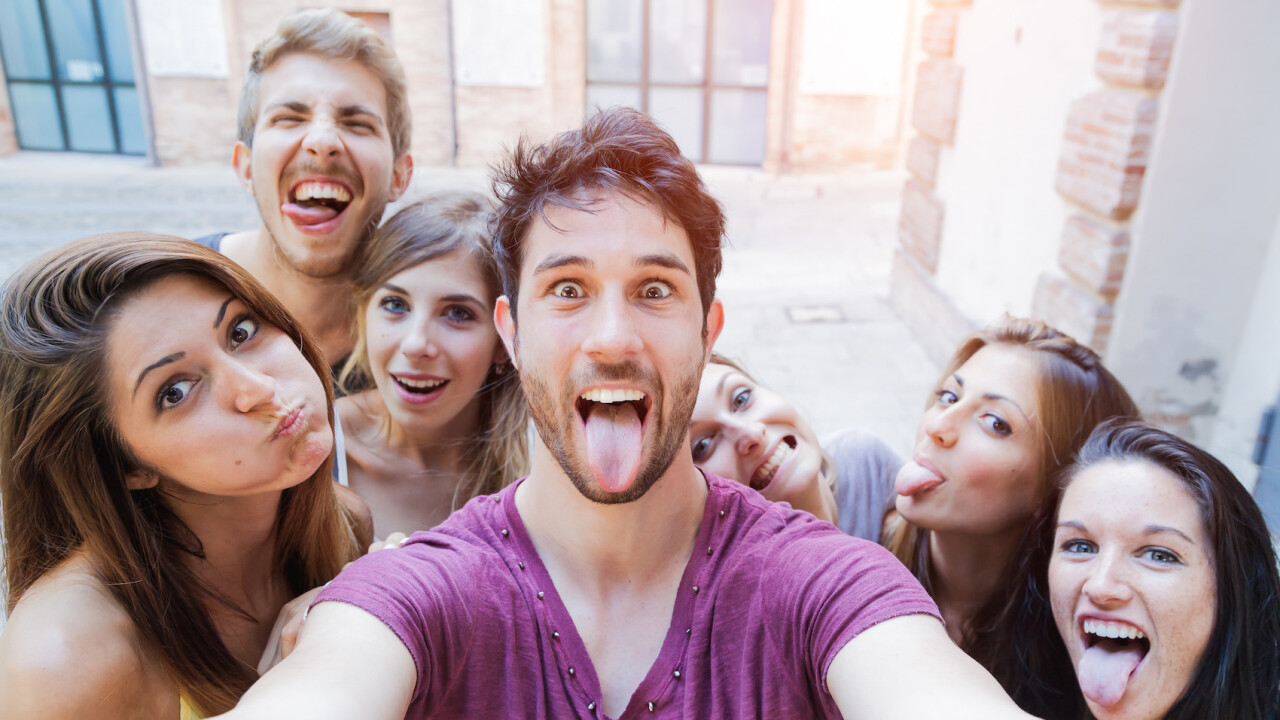
How many photos of you are on your phone right now?
These days, humans take almost a trillion photos a year. (To put that into context, that’s more photos every few minutes than in the entire 19th century.)
And lots of these photos are selfies—self-portraits, usually taken with a smartphone. As of this writing, nearly 300 million Instagram photos had been tagged with the selfie label.
We love getting into the “whys” of social media psychology, so in this post I set out to discover why we love taking photos of ourselves—and why we love viewing selfies.
What does “selfie culture” say about the world we’re living in now, and how can viewing photos of others help us make better decisions and even understand one another better? Read on for the full psychology of selfies.
A brief history of selfies: Why we take them
As early as the 15th century, according to Dr. Terri Apter, psychology lecturer at Cambridge University:
“People who had access to self representations were keen to make use of them. In this way people could control the image projected, and of course the fact that the image was on display marked the importance and status of the person represented.”
So self-portraits are about self-image—how we define ourselves.
They’re also a way to figure out who we are. The “looking-glass self” is a psychological concept that says that how we see ourselves doesn’t come from who we really are, but rather from how we think others see us.
And now that we can a) take a selfie in mere moments, and b) share them with thousands of people online at any time, the impact that others have on our self-value has increased.
The site Everyday Sociology argues that this change has led us to invest more into selfies as part of the work of projecting our identities onto others:
“The more pictures you post of yourself promoting a certain identity—buff, sexy, adventurous, studious, funny, daring, etc.—the more likely it is that others will endorse this identity of you.”
The science of face photos: Why we love looking at others
We notice faces first
Human faces have always been particularly effective attention-grabbing mechanisms. Researcher Dr. Owen Churches, from the school of psychology at Flinders University in Adelaide, has studied the neuroscience of face perception for years:
“Most of us pay more attention to faces than we do to anything else,” says Churches. “We know experimentally that people respond differently to faces than they do to other object categories.”
And social media is no exception: Face-tracking studies show that the profile picture or avatar is the first place the eye is drawn to on Facebook and other social media profiles. (Want advice on creating a stellar profile pic? We’ve got the science on that!)
On Instagram, pictures with human faces are 38 percent more likely to receive likes and 32 percent more likely to attract comments than photos with no faces.
Faces can guide our gaze
Faces not only compel us, they can drive us to action. Online, we follow the eyes of the people we see on screen.
Looking directly into the camera can help make a direct connection with someone. Looking to the left or right will help guide the reader’s eyes in that direction.
KISSmetrics has done a great job of explaining a bit about this research:
“Human beings have a natural tendency to follow the gaze of others, and we have been coached since birth to follow arrows directing us to where we should be looking/going.”
Viewing faces creates empathy
A final tidbit about why we respond so well to photos of faces: They can help create empathy in us. A study of radiologists added photos of patients into the doctors records like so:
The results showed that seeing photos of patients increased empathy among doctors, and even improved the way they treated patients.
The highs and lows of selfies on social media
The high: They can improve self-esteem
It’s become somewhat common to think of those who post selfies as narcissistic or vain, but one great effect of selfies is that they can bolster self-esteem, particularly in women.
In a TODAY/AOL body image survey, 41 percent of adult women said selfies and other flattering online photos make them “feel more confident (although 46 percent said that “overall, social media makes me feel more self-conscious about my appearance.”)
For teenage girls, the results were even more empowering: 65 percent said seeing their selfies on social media boosts their confidence, and 40 percent of all teens said social media helps “me present my best face to the world.”
The low: They can harm relationships
Over-selfie-ing, however, can be a problem:Research has showed that sharing too many self photographs on social media could possibly damage weaker relationships.
A UK study asked 508 Facebook users to rank how close they felt to friends who also use Facebook. They then compared the answers for each person to how many selfies that person posted.
They found that the more someone posted selfies, the lower they ranked on the intimacy scales of the participants.
Said study author Dr. David Houghton:
“Our research found that those who frequently post photographs on Facebook risk damaging real-life relationships. This is because people, other than very close friends and relatives, don’t seem to relate well to those who constantly share photos of themselves.”
The verdict? It’s all about healthy context
So are selfies great for us or bad for us? It all depends on how—and how often—we turn to them. A great middle ground can be found in Dr. Josie Howard, M.D.’s comments to the website Refinery29:
“It depends on how you use it. If you’re using it as a tool to document feeling good about yourself and you’re just taking mementos of living a great life, that’s fine.”
How to take a better selfie
All in on selfies and want to make sure you’re putting your best face forward? NowSourcing has a nice infographic with some tips; here’s a snippet:
Selfies in marketing: 5 awesome examples
We know social media works great with visuals. We know we love taking photos of ourselves and we love viewing photos of others. So it’s a given that face photos and selfies can have a place in great marketing campaigns.
Brands are harnessing the power of selfies in lots of different ways—from soliciting user-generated content to creating interactive apps and everything in between.
Here’s a look at five great examples. Do they give you any ideas for your own marketing?
1. The 1888 Hotel: A selfie-encouraging space
In Sydney’s 1888 Hotel, selfies aren’t just welcome—they’re very encouraged. The hotel’s website is covered in Instagram photos, and the hotel itself offers a photo-opp-filled tour around the hotel and nearby harbor.
A designated “selfie frame” in the lobby beckons guests to take photos, which they can then see appear on screens near the reception area.
Try it: If you’ve got a physical space and/or a product people might like to be photographed with, tap into our innate selfie urge by setting up a photo booth or designated selfie area, or simply add a prominent sign welcoming users to snap photos. Make sure you provide consistent tagging information so you can gather them later on your site or social media presence.
2. Warby Parker: Get opinions from friends
Warby Parker’s glasses home try-on program is pretty legendary now, and with good reason. Giving customers 5 pairs of glasses to try on and decide between is a genius, organic way to spread word of your brand by simply encouraging people to do what we do naturally—ask our friends for their opinions.
Warby also welcomes users to post selfies on the brand’s own Facebook page for an expert opinion.
Try it: Any product one might ask for advice on (clothes, makeup, and more) could be a great choice to encourage selfies. Think: Before-and-afters, dressing room decisions and more. Bonus: Added social proof with every mention! Another idea for non-physical storefronts is to mail out selfie-encouraging treats, like Google is doing right now in my home state with Google Fiber shirts.
3. Dove: Empowering though user-generated content
Dove is well known for its marketing efforts that focus on empowering messages. The brand even made a short film about selfies. A look at Dove’s Twitter account recently turned up the #loveyourcurls user-generated content prompt on Twitter:
And many women are responding by sharing lovely selfies of their curls:
Try it: Messages that empower the user and make people feel good about themselves can be a natural fit for selfie promotion. You might try following Dove’s lead of providing explicit instructions and specific examples to help users get the message quickly. Also great for a social media photo contest.
4. #museumselfieday: Rallying around a cause
For two years now, museumgoers have shared fun, beautiful and education selfies on #museumSelfieday, a global Twitter celebration that showcases the world’s cultural treasures.
Try it: Non-profits and causes can find lots to love in the idea of rallying around a common theme or hashtag. Similar examples: Uniqlo’s Selfless Selfiecampaign, the #nomakeupselfie trend.
5.Ray-Ban: Created a selfie app
Ray-Ban takes selfie marketing to new heights with its own iPhone app, Reflections.
The app allows users to enable both their front and back iPhone cameras at the same time to create an artsy, double-exposed image—glasses optional:
Try it: Creating apps as marketing takes a specific set of skills, making Ray-Ban’s example one of the most challenging to pull off here. Large brands and budgets could give it a try, though, focusing on a high-level vision of your brand’s purpose.
Plenty more uses exist for selfies, from fashion to medicine. Here’s a quick look at a few interesting ones:
What’s your take on selfies?
I’d love to know your thoughts on selfies: Is your phone filled with them, or do you eschew them altogether? Have you used selfies to share the news about a product or service, or participated in a campaign that solicited your image?
As always, I welcome all your thoughts and ideas (and selfies!) in the comments.
Read Next: The psychology of emojis
Image credit: Shutterstock
This post first appeared on Buffer.
Get the TNW newsletter
Get the most important tech news in your inbox each week.

